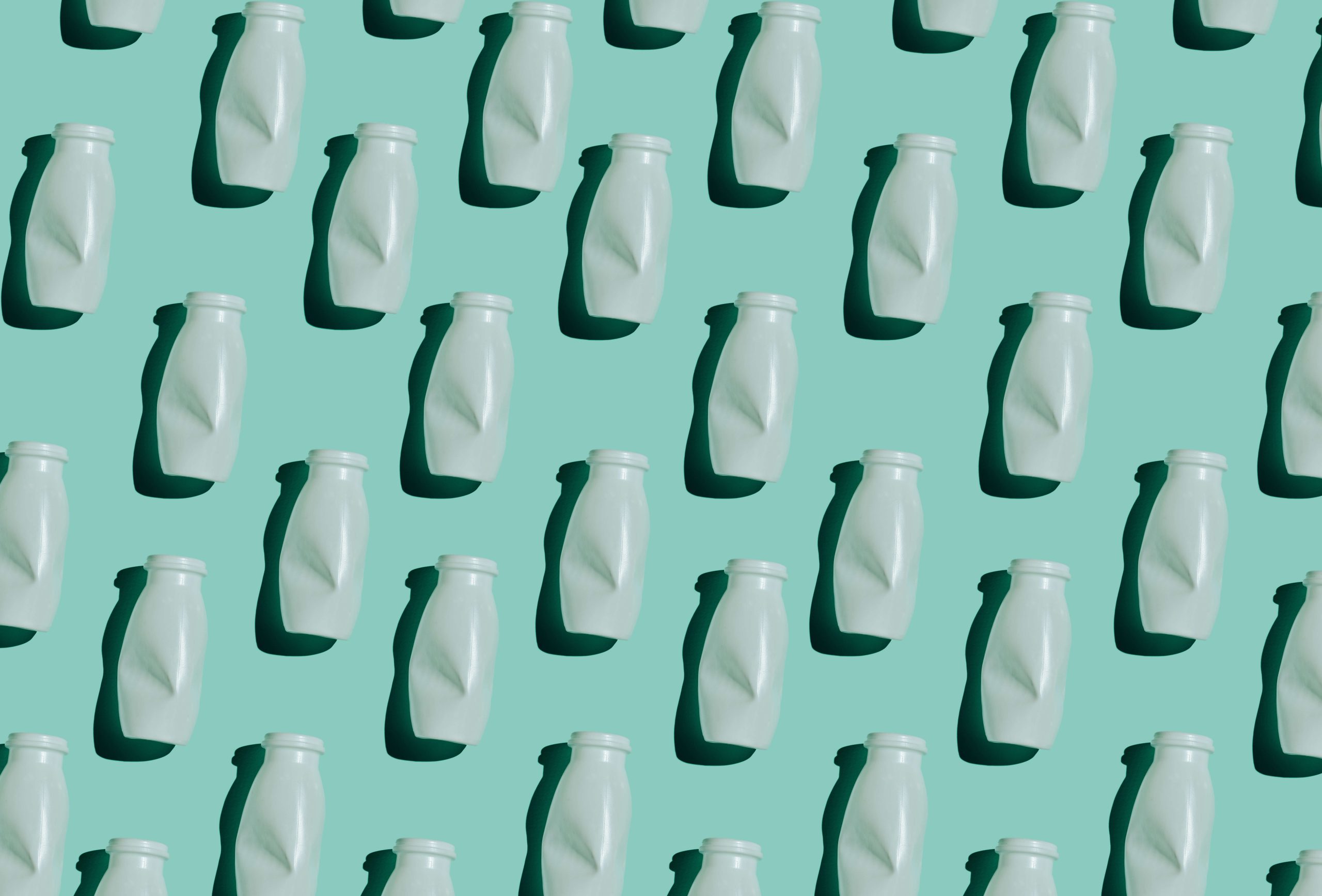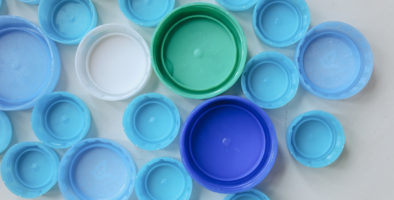Quality assurance is at the core of every food product supply chain. It is not just the quality and safety of food ingredients that needs to be managed for success, but the quality and safety of food grade packaging as well. Polyethylene terephthalate (PET) is frequently used to package food and beverages because it is versatile, easy to process and affordable.
As a supplier of over 100 food ingredients, virgin and recycled food-grade PET, Czarnikow (CZ) performs quality and safety risk management of food ingredients and food grade packaging for all new and non-standard flows across the globe including containerized, break bulk, co-loading and flows in controlled conditions. As more food and beverage producers try to introduce recycled PET (rPET) into their production lines, it’s important to know what goes into the quality management processes for these plastics.
How do we define food safety and quality management?
We are tasked with assessing the most efficient ways to transport large volumes of product across the world without compromising on safety, quality, legality and authenticity.
Our operations span multiple economic zones and numerous customers with varying requirements for quality, packaging and transport. To efficiently manage this, all products and process flows are assessed against the highest global standards for food safety and quality while simultaneously adhering to regulatory requirements in different regions. Our quality management systems comply with the requirements of GFSI, BRC-GS and GMP+ Standards; these are accepted by the leading food and beverage manufacturing companies around the world. We follow the EU Regulatory Standards for PET and rPET packaging because they are the strictest standards and are accepted by all buyers and suppliers.
Our safety checks
Safety checks of food products centre around preventing shorter term risks whereas safety checks for plastic packaging are more concerned with preventing long term risks that come with ingesting large amounts of plastic particulates. One of the risks associated with food grade plastic packaging is toxic migration which is when particles in the plastic transfer into food. Phthalates are one such example, these are the chemical compounds that make plastic soft, transparent and flexible. High amounts of phthalates in the human body can be harmful. The risk of toxic migration is higher for rPET because it needs it needs to be reprocessed. This brings us to another point: the difference between recycling and reprocessing.
Learn about our offering
Recycling versus reprocessing PET plastic
‘Recycled PET’ as it’s called in the industry is virgin PET that has been reprocessed to make it fit for purpose. Virgin PET is usually depolymerised, which means it is separated into monomers, then reconstituted into rPET. But there is also repurposing which is when you use the same plastic twice. This is a much harder practice to scale and comes with other issues.
Since PET is a grade 1 plastic, it is suitable for holding food products like oils and drinks, but it is limited in how many rounds of repurposing and reprocessing it can go through before it starts to degrade and is no longer viable for packaging food and drink. More than one round of reprocessing can degrade the plastic, which can increase the amount of toxic migration. To minimise toxic migration, food grade rPET can be fitted with an internal layer of virgin PET. High concern substances like antimony trioxide and bisphenol are tested for repeatedly. Substances of very high concern or ‘SVHCs’ are flagged by the EU’s REACH Regulations which determine the safe limits of SVHCs that can be present in rPET or virgin PET. For this reason, most PET must adhere to REACH requirements.
Another part of quality assurance is delivering a product that suits the client’s needs. It is difficult to restore some of the aesthetic properties of PET, such as durability and transparency. This limits the processing ability of rPET as well as producing rPET that is as clear as virgin PET, which is why some manufacturers decide against using it. RPET is also more costly, given its lesser availability and scale of the rPET manufacturing globally and additional processing steps.
Multiple sourcing meets quality management
The disruptions in supply chains in the last two years have highlighted the need for multiple sourcing arrangements. Various supply chains are under pressure because of a shortage of raw materials due to adverse weather conditions affecting crops and geopolitics stagnating trade flows. Naturally this changes how buyers and suppliers coordinate their operations. We have been analysing how the warehouses, distributors, manufacturers and other players within our network operate: their adherence to the agreed delivery methods, durations and other conditions to create a picture of where and why certain bottlenecks are forming and how to proactively handle them.
We’ve always had a multiple sourcing approach and diverse trade book for all our products which means we can be flexible. And thanks to our unique position servicing participants along the supply chain of various food ingredients and food-grade packaging products, we can see how different supply chains operate and the knock-on effects for other chains.
Identifying key product flow trends
In addition to multiple sourcing, distribution strategies must also become more flexible if supply chains are to be resilient as the pandemic continues. Which is why we record trends such as:
- Manufacturer/distributor/warehouse response times to an issue with a product
- The effects of transporting the same product under different supply chain conditions
- Identifying underlying non-conformances by geography, supplier or third parties.
How we work to create positive client experiences
Our service continues after product delivery. We offer end-to-end management and sales advice in response to any concerns a client has about a product and manage any rejections. We strive to provide unmatchable client satisfaction. By collating data on quality concerns, identifying trends and finetuning our global sourcing operation, we create the most efficient network of offerings to our clientele.
Ready to experience our top-tier client service? Send a message telling us what you would like to buy, sell or move.



